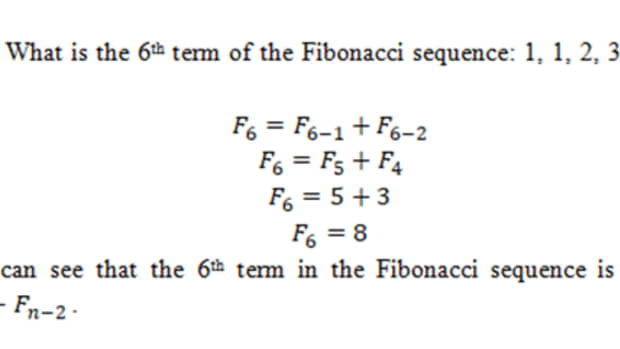
On the other hand, the Fibonacci sequence also has been extended by generalizing the integer to real and complex numbers ( Harman, 1981, Asci and Gurel, 2013), quarternion ( Halici, 2012), generalized quarternion ( Akyigit et al., 2014, Tan et al., 2016). The n-nacci sequence has found application in coin tossing problem ( Weisstein, a, Weisstein, b Griffiths, 2011). For example, the Fibonacci sequence has been extended to tribonacci, tetranacci, and other higher order n-nacci sequences ( Wolfram, 1998).

The extension of the Fibonacci sequence is also widespread and penetrated many branches of mathematics including dynamical system. Given that it has many applications, many studies have been conducted to extend the sequence. The ratio can also be found in modern applications such as financial analysis and plastic surgery ( Letzter, 2016). The ratio has been found in many areas of applications such as in analyzing the proportions of natural objects and man-made systems. It is the ratio of the consecutive numbers in the Fibonacci sequence which converges to 1.61803398875 ( Livio, 2002). One of the important features arising from the Fibonacci sequence is the Golden Ratio.

The complete information of the sequence can be found in the On-Line Encyclopedia of Integer Sequence ( OEIS, 2017). Lucas also showed that the Fibonacci sequence appears in the shallow diagonal of the Pascal triangle and he also defines a sequence based on the Fibonacci numbers, which is currently known as Lucas number. The first mathematician who called it Fibonacci sequence is Edouard Lucas in 19-th century ( Gardner, 1996). It is often known as the Lame sequence ( Roberts, 1992) or Viranka number ( Goonatilake, 1998) as many other ancient mathematicians have used this sequence in their document. which first appeared in Liber Abaci book of Leonardo Pisano in 1202 ( Sigler, 2002).

Fibonacci numbers or Fibonacci sequence is among the most popular numbers or sequence in mathematics.


 0 kommentar(er)
0 kommentar(er)
